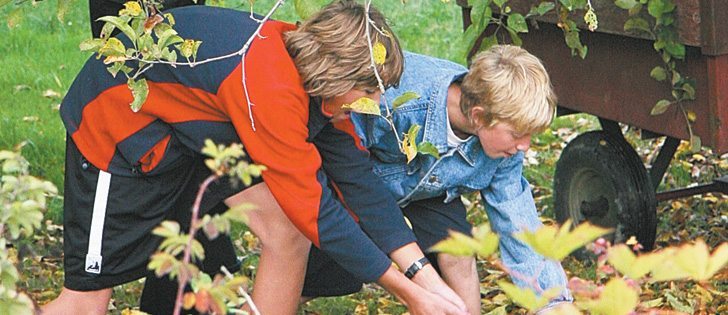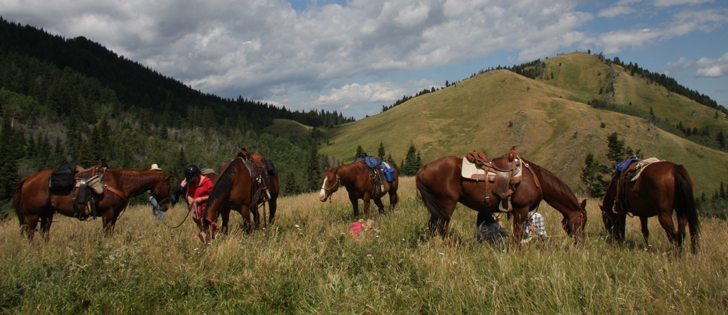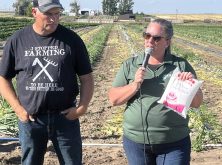Fruit grower says to make the visit an experience for the whole family
Agritourism can add value to a fruit growers’ farm, but it’s a long-term proposition.
Adding a fish pond, building a cafe and growing a corn maze can all help bring people onto a producer’s farm, U-pick or orchard, but they require cash upfront and returns are slow.
It’s not for everyone, G2S Pickin Patch owner Will Stafford told producers at the recent Saskatchewan Fruit Growers Association meeting held as part of Crop Production Week in Saskatoon.
“It all depends on your risk tolerance. Mine is exceedingly high,” he said. “Or it’s grown higher. I’m not sure which.”
Read Also

Farmers asked to keep an eye out for space junk
Farmers and landowners east of Saskatoon are asked to watch for possible debris in their fields after the re-entry of a satellite in late September.
However, it does provide an easy entry point for new operations.
“When you look at the cost of farming, if I wanted to be a grain farmer like 90 percent of my peer group, I don’t have that kind of capital,” said Stafford, who continues to work off his farm.
“I don’t have $5 million, $6 million, to get that going. I did have like $150,000 to start this process up.”
Stafford has 25 acres of wetlands and 35 acres of U-pick strawberries, raspberries, currants, saskatoons and cherries near Meath Park, Sask., on Highway 55. He said the highway is the lifeline of his business.
“I need to pull those guys off that road,” he said.
Annual average daily traffic data tells him that 1,900 cars can drive by in a day. He said his goal is to pull 0.25 percent of them off the road and onto his farm.
Good signs, adequate parking, washrooms, walking/ski trails, a picnic area and even a corn maze, which Stafford has tried, can help make that possible.
Once on the farm, the visitors may buy fruit or other baked/preserved products.
Stafford estimates he can bring in $16,000 if he meets that 0.25 percent goal every day over a 32 week season. It’s not a huge number, but he’s thinking long term: the number increases as the farm appreciates and the business presumably grows.
“I kind of look it as a retirement toy,” he said.
“I make enough money that I’m not too worried about my financial future. I’ll have enough. My wife will have enough. My kids should get to school. And I simply like fruit farming.”
Mel Annand, operator of Creekside Orchard, told producers to be different. He doesn’t think of himself just as a farmer and a food processor but also as an entertainer.
“People seem to have pretty much all the stuff they need these days,” he said.
“The thing people still want to spend their disposable income on is experience.”
He said he and his wife are trying to create an “orchard culture” that doesn’t exist in Saskatchewan. In addition to the products grown on their farm, they have added an apple cider press and opened a cafe, working with outside chefs and restaurants to promote special suppers.
“The cost of the building was significant, but it was a cost I was prepared to bear as part of the overall orchard development,” he said.
Originally from southern Ontario, Stafford said he grew up around agritourism, including Ontario’s famous wine country. The industry is much smaller in Saskatchewan: the returns aren’t huge and the business may be more of a hobby.
However, he told producers to still approach it with due diligence.
Know your expenses and what it costs to produce a pound of fruit, and incorporate, he said.
“It’s your butt saver.”
He said producers need more than liability insurance if visitors injure themselves on the farm.
“If they sue me, I’m hosed. I don’t have any capital. My corporation does. They could wipe out our corporation and we still have the house. I still own the land. I can still drive my truck. I can still go to work.”
If you don’t incorporate?
“They take the farm.”

















